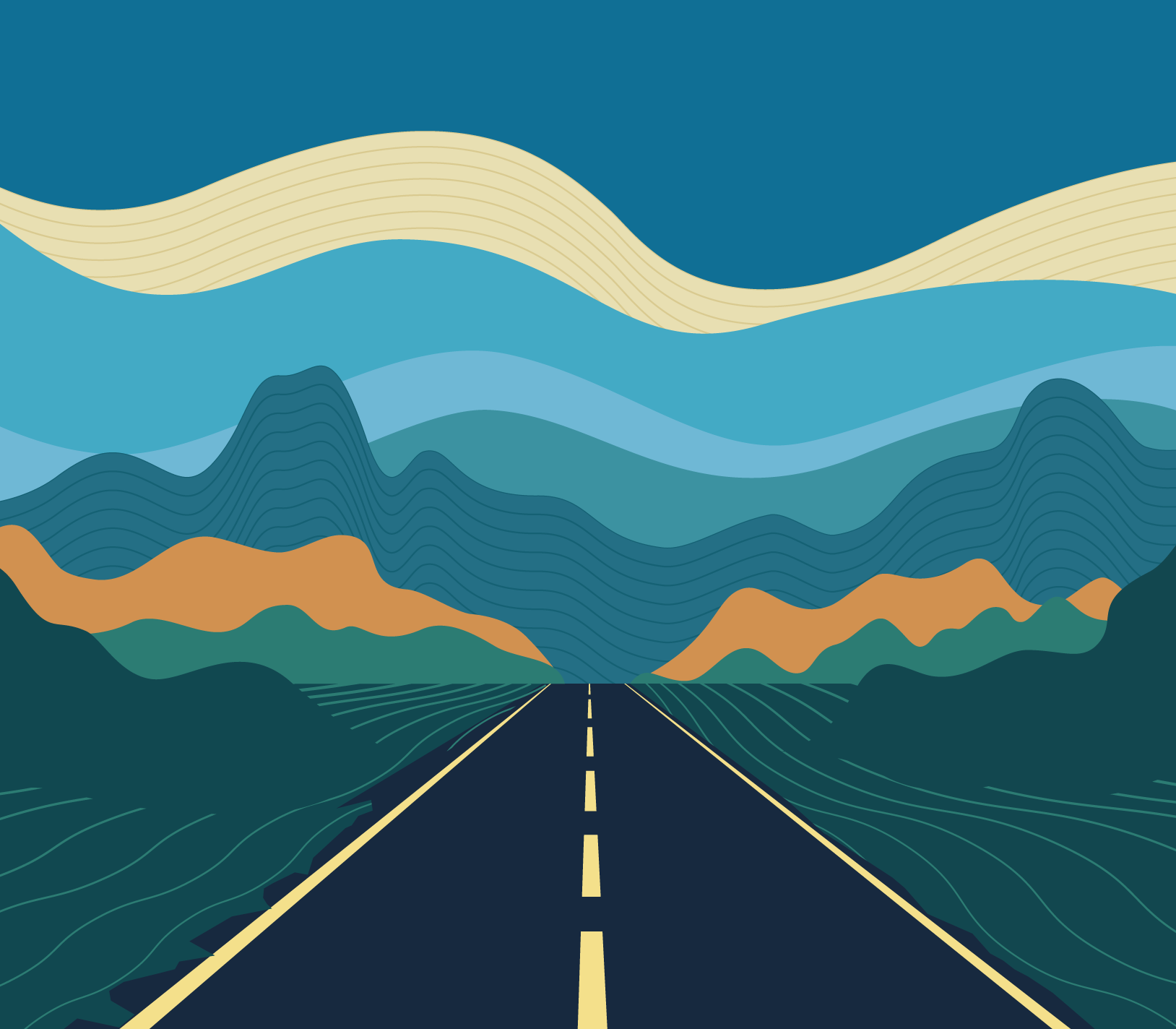Driftless,
Wisconsin
IN PARTNERSHIP WITH
Deals in Driftless, Wisconsin
DEALS IN Driftless, Wisconsin
The Driftless Area comprises southwestern Wisconsin, southeastern Minnesota, northeastern Iowa,
and the extreme northwestern corner of Illinois in the American Midwest. It was never covered by ice during the last ice age, and therefore lacks glacial deposits, also termed drift. Its landscape is characterized by steep hills, forested ridges, deeply carved river valleys, and karst geology with spring-fed waterfalls and cold-water trout streams. Ecologically, the Driftless Area's flora and fauna are more closely related to those of the Great Lakes region and New England than those of the broader Midwest and central Plains regions. The steep riverine landscape of both the Driftless Area proper and the surrounding Driftless-like region are the result of early glacial advances that forced preglacial rivers that flowed into the Great Lakes southward, causing them to carve a gorge across bedrock cuestas, thereby forming the modern incised upper Mississippi River valley. The region has elevations ranging from 603 to 1,719 feet (184 to 524 m) at Blue Mound State Park, and together with the Driftless-like region, covers 24,000 square miles (62,200 km2).
 Find more things to do, itinerary ideas, updated news and events, and plan your perfect trip to Driftless
Find more things to do, itinerary ideas, updated news and events, and plan your perfect trip to Driftless
